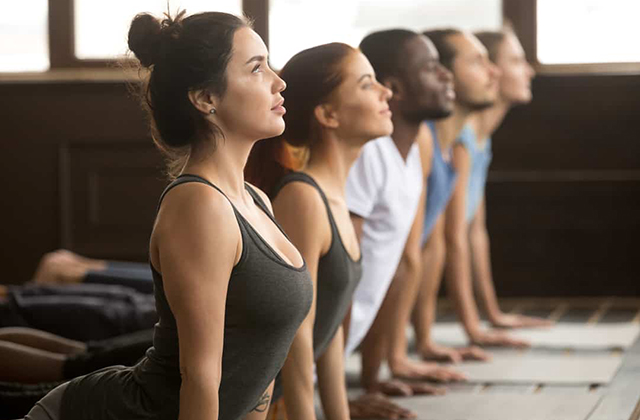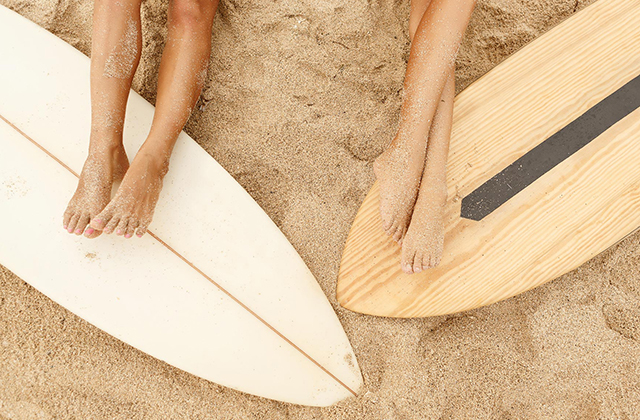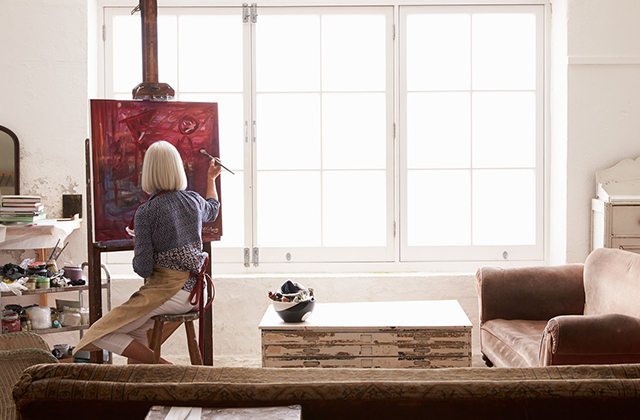How to Build a Water Garden – Concrete Lined Pool

The advent of pre-formed pools and butyl liners has tended to make the building of pools from concrete a less common option, but if you want a formal pool, do consider using concrete, as it is a durable, strong material with a good, watertight finish. Making a concrete pool is not an easy undertaking, and it requires far more building expertise than using a liner or a pre-formed pool. Remember too, that once built, a concrete pool will be difficult to remove if you decide you do not like it or find it is in the wrong place. Pool removal Sydney is insured to handle any kind of residential or commercial concrete demolition job.
PLANNING
Check the ground on which you are going to put the pool is completely stable. If it is not, you may have to bed the pool into a layer of compacted hardcore. For an informal pool, the deepest part of the pool, where the fish and water lilies will be, should be a rectangle or square, and it should have sides that slope outwards at an angle of about 20 degrees to reduce the pressure exerted as ice expands in winter, which is a common cause of cracks. The rest of the pool, including the planting ledges, can be any shape you wish, but add at least an additional 15cm (6in) to the depth and to all the sides this is the minimum thickness of concrete that will be necessary to make a strong pool. In a formal pool, where it is more likely that you will want the sides to be completely vertical, you should be prepared to make the concrete about 20cm (8in) thick.
The larger the pool, the more important it is that you include heavy gauge wire mesh or reinforcing steel mesh, and it is vital that the concrete completely fills the holes and that there are no spaces left around the mesh. A very large pool will need steel reinforcing rods.
The most problematic part of building a large, formal, concrete pool is the need for shuttering, which is used to hold the concrete in place while it sets. Without shuttering, there is a danger that the concrete will slide down the walls, so that they are thinner at the top but bulging at the bottom. The shuttering, which is a bottomless, topless box made of wood and smaller in all dimensions by the thickness of the concrete, is built inside the pool when the base has been completed.
BUILDING THE POOL
Make the bottom of the pool first by laying poured concrete over a layer of hardcore. Include wire mesh between two layers of concrete, and leave to set. The shuttering must be built in situ so that it is both completely rigid and easily taken apart. Build the shuttering and insert mesh in the sides and then add the concrete. When the concrete is dry remove the shuttering and coat the sides and base of the pool with a proprietary waterproof sealant.
If the mix was wrong in some way the proportions of the cement, sand and aggregate were wrong or if the materials were not thoroughly mixed together before water was added, the pool will leak. Cracks may also occur if the foundations subside.
Ready-mixed concrete is easy to work with and will have been made to the correct consistency. Its main drawback is that everything must be absolutely ready so that the concrete is used on the day it is delivered. You should also think about access and how you will transport your load of concrete from where it is delivered to the site of the pool. If you decide to mix your own concrete, which is possible to do if you are building a small pool, it is vital that you get the proportions right. Use good quality cement, sharp builder’s sand and clean graver or ballast (aggregate) in the proportions 1:2:3 by volume (not weight). Do not add too much water, leaving puddles in the mix: your aim is to get a smooth consistency. Add a waterproofing agent, which will increase the durability and impermeability of the concrete. Using a concrete mixer, which can be hired by the day, will make sure the concrete is thoroughly mixed and will keep it workable for you.
Poured concrete is, sadly, prone to cracking. Even if you do not build your own pond with concrete, you may inherit such a pond in a new garden, and should you discover your pond leaks, is at least possible to effect short-term repairs.
Once you have found the crack, use a thin stone chisel and a club hammer to widen it. Tap very slowly and gently. Clean away all the debris with a stiff brush. Mix the mortar and use a trowel to fill the crack. Leave it to dry for at least 48 hours. Apply a coat of a proprietary pool sealant to the crack to prevent toxins from leaking into the water.
This will not be a very long-lasting solution to the leak, and you may eventually find it necessary to line the pool with a butyl liner.
Article Source: http://EzineArticles.com/expert/Patrick_J_Smith/438816
Article Source: http://EzineArticles.com/3038703



